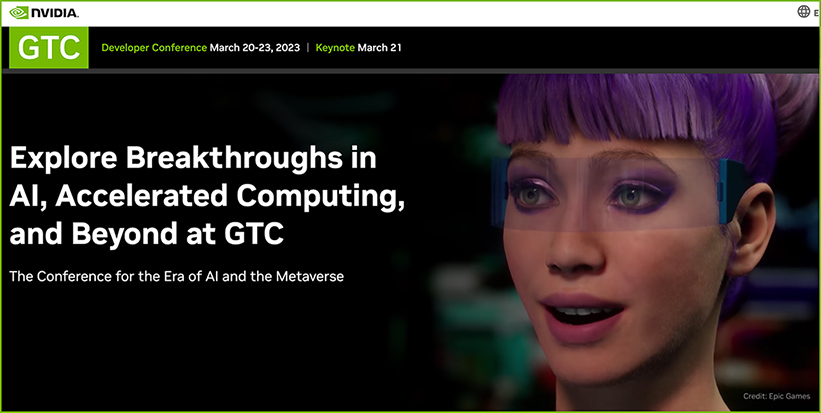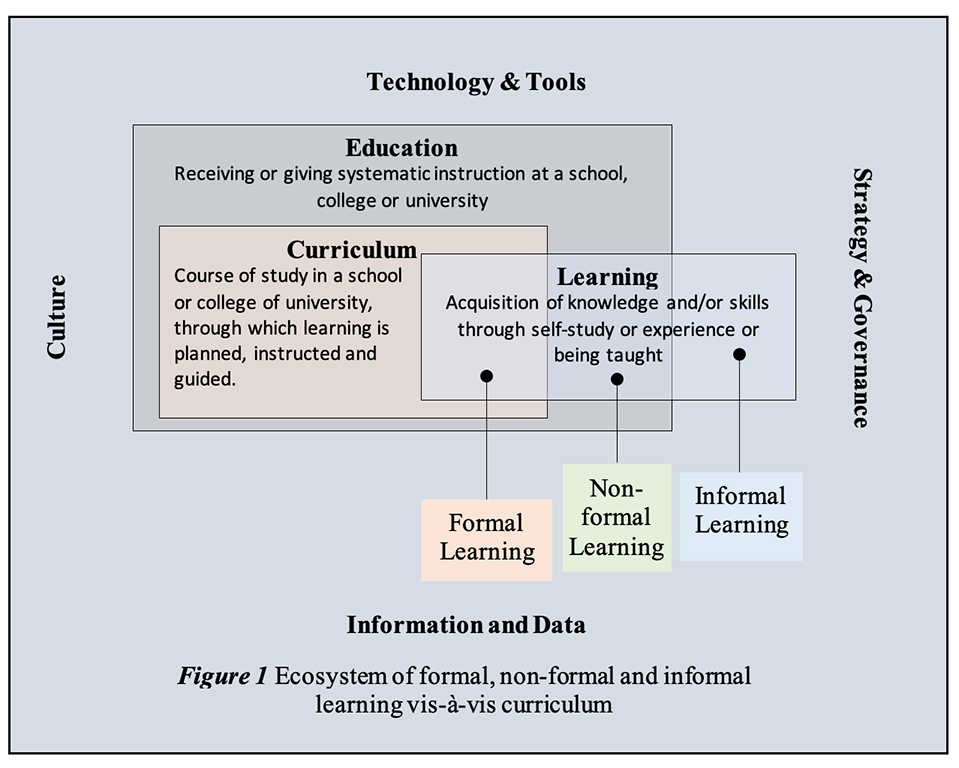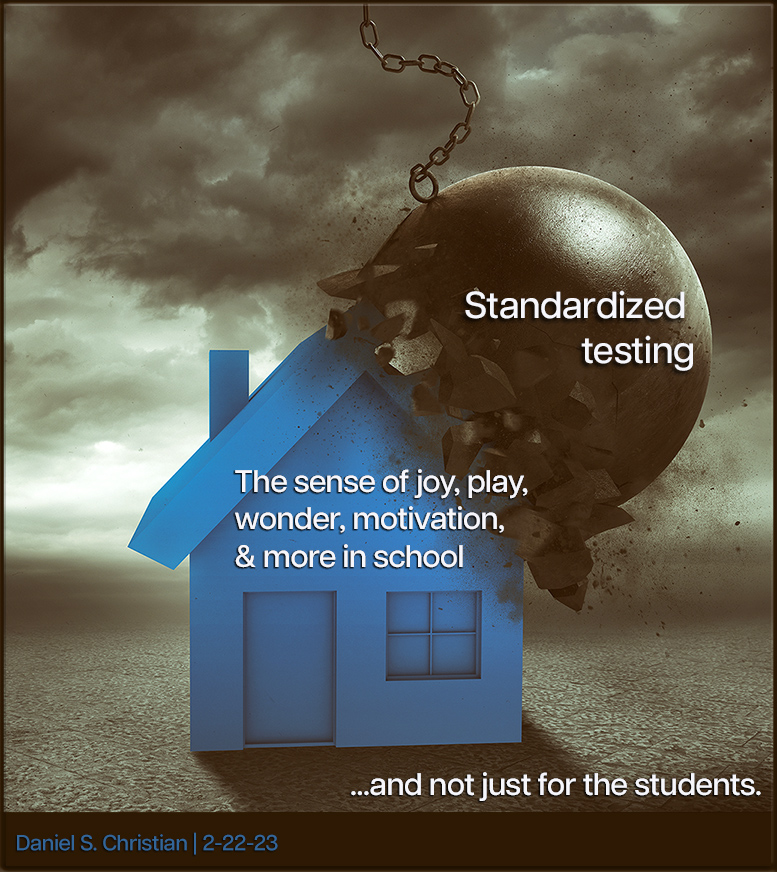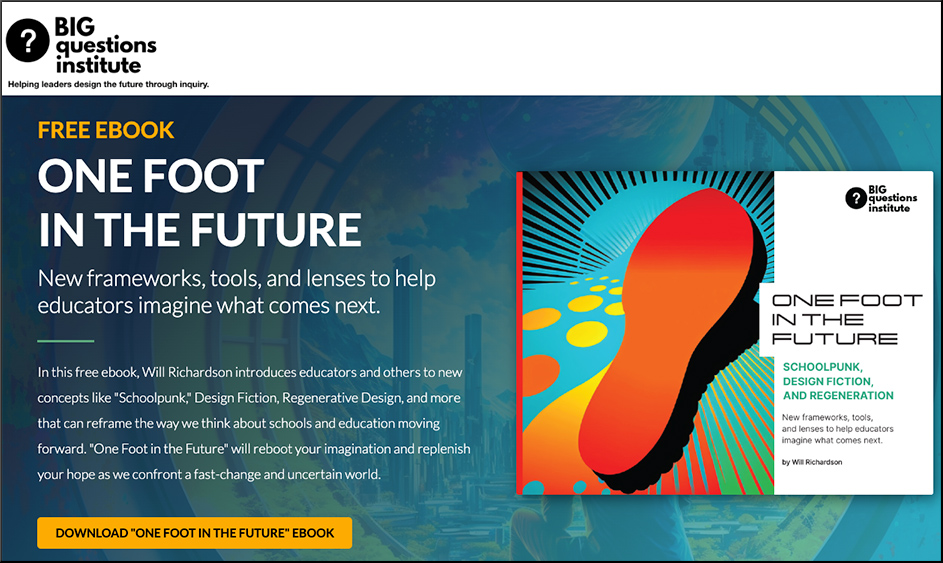Also relevant/see:
Verified Skills — from the-job.beehiiv.com by Paul Fain
Hunting for a common thread amid the hype around skills.
Excerpt:
The glitzy ASU+GSV gathering this week was titled “Brave New World.” But Tim Knowles wanted to talk about 1906.
That was when the organization Knowles leads, the Carnegie Foundation for the Advancement of Teaching, created the credit-hour standard. The time has arrived, argue Knowles and Amit Sevak, CEO of ETS, to move away from the Carnegie Unit and toward a new currency of education based on meaningful skills and accomplishments, demonstrated through assessment.
Our old way of training Americans for ‘good jobs’ is past its sell-by date — from workshift.opencampusmedia.org by JB Holston
We’re at a pivot point in education and workforce development. Employers in the U.S. and its allies have an opportunity to accelerate their economies by collaborating to scale new pathways to prosperity. They need to seize that opportunity, writes JB Holston, former CEO of the Greater Washington Partnership.
The country is at a pivot point. COVID’s acceleration of remote work and training; an increased dedication to inclusion, equity, and diversity since the murder of George Floyd; the inexorable pace of technological change; and America’s new, well-funded industrial policy have created an opportunity for the most significant re-set in the relationship between employers and our education systems in the last 150 years.
The old path to family-supporting career positions—which depended on large employers recruiting graduates from a small universe of ranked colleges whose education stopped with that degree—is past its sell-by date.
AI in Hiring and Evaluating Workers: What Americans Think — from pewresearch.org by Lee Rainie, Monica Anderson, Colleen McClain, Emily A. Vogels, and Risa Gelles-Watnick
62% believe artificial intelligence will have a major impact on jobholders overall in the next 20 years, but far fewer think it will greatly affect them personally. People are generally wary and uncertain of AI being used in hiring and assessing workers
Excerpt:
A new Pew Research Center survey finds crosscurrents in the public’s opinions as they look at the possible uses of AI in workplaces. Americans are wary and sometimes worried. For instance, they oppose AI use in making final hiring decisions by a 71%-7% margin, and a majority also opposes AI analysis being used in making firing decisions. Pluralities oppose AI use in reviewing job applications and in determining whether a worker should be promoted. Beyond that, majorities do not support the idea of AI systems being used to track workers’ movements while they are at work or keeping track of when office workers are at their desks.
VR & robotics could be the future of medical training — from vrscout.com by Kyle Melnick
FundamentalVR is partnering with Haply Robotics to provide more realistic VR surgical simulations.

Also relevant/see:
Canary in the coal mine for coding bootcamps? — from theview.substack.com by gordonmacrae; with thanks to Mr. Ryan Craig for this resource
Excerpt:
If you run a software development bootcamp, a recent Burning Glass institute report should keep you awake at night.
The report, titled How Skills Are Disrupting Work, looks at a decade of labor market analysis and identifies how digital skill training and credentials have responded to new jobs.
Three trends stuck out to me:
- The most future-proof skills aren’t technical
- Demand for software development is in decline
- One in eight postings feature just four skill sets
These three trends should sound a warning for software development bootcamps, in particular. Let’s see why, and how you can prepare to face the coming challenges.
Also relevant/see:
Issue #14: Trends in Bootcamps — from theview.substack.com by gordonmacrae
Excerpt:
Further consolidation of smaller providers seems likely to continue in 2023. A number of VC-backed providers will run out of money.
A lot of bootcamps will be available cheaply for any larger providers, or management companies. Growth will continue to be an option in the Middle East, as funding doesn’t look like drying up any time soon. And look for the larger bootcamps to expand into hire-train-deploy, apprenticeships or licensing.
As Alberto pointed out this week, it’s hard for bootcamps to sustain the growth trajectory VC’s expect. But there are other options available.














